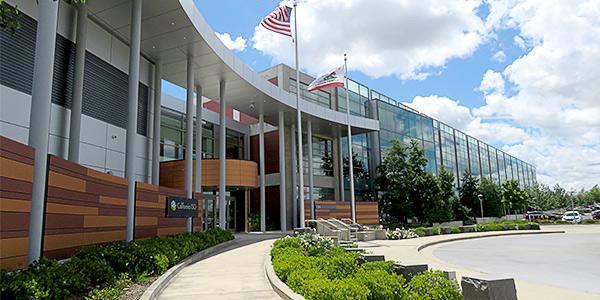By Hudson Sangree
CAISO will have its work cut out for it next year, with more than a dozen major policy initiatives moving forward as well as efforts to head off predicted electricity shortfalls starting in summer 2021.
At Thursday’s Board of Governors meeting, staff provided a rundown of the policies expected to occupy the ISO in the months ahead.
A major focus will be on managing operational risk from a transforming grid, one that must integrate increasing amounts of renewable electricity and battery storage, said Greg Cook, CAISO executive director of market infrastructure policy.
Meeting California’s clean energy goals and expanding the Western Energy Imbalance Market from a real-time-only to a day-ahead market also occupy the 2020 agenda.
“We’re going through an unprecedented amount of change,” Cook told the board.
An initiative on hybrid resources promises to be one of the largest and most complex of the ISO’s 14 policy initiatives in 2020, Cook said. Because of California’s move toward carbon-free energy and the limits of solar energy to meet evening peak demand, developers have proposed 25,000 MW of projects that pair storage with existing or new generation.
Those projects won’t all materialize, Cook said, but “we could easily see 2,000 to 3,000 MW coming online in the next few years,” particularly to meet the impending capacity shortfalls in 2021. (See CAISO, CPUC Warn of ‘Reliability Emergency’.)
In his presentation on the ISO’s 2020 outlook, Mark Rothleder, vice president of market quality, focused on the prospect of shortfalls starting in 18 months and the need to get ahead of the problem. Among the challenges are dealing with increased ramping needs and prolonged weather events that diminish solar generation, he said. Currently, rapid increases in demand are met by natural gas generation and electricity imported from other Western states, he noted.
In one slide, Rothleder showed a three-hour ramp on Jan. 1, 2019, that started mid-afternoon and required more than 15,000 MW of additional power, most of it coming from natural gas and imports.
To put the figure in perspective, “that’s like ramping 12 Diablo Canyons over a three-hour period,” Rothleder said, referring to California’s last operating nuclear generating station. The two-unit Diablo Canyon Power Plant, owned by Pacific Gas and Electric, is scheduled to retire starting in 2024, further exacerbating the state’s need for reliable electricity supplies.
The same three-hour ramp is expected to grow to 25,000 MW by 2030, he said. By that time, solar combined with batteries should be contributing more to ramping needs. However, to make that work, improvements in dispatching solar power are required, as is increased visibility and control of commercial and residential solar generation, he said.
Shifting focus, Rothleder expressed concern about multiday weather patterns that limit solar generation. A common California winter weather pattern consists of multiple rainstorms rolling in from the Pacific Ocean, with short breaks between the storms, over the course of a week.
Rothleder cited a period from Jan. 13 to 18 when storms washed over California, reducing solar generation to 20% of expected capacity. Gas power and imports can make up the difference now, but Senate Bill 100, enacted in 2018, requires elimination of fossil fuels from the state’s energy mix by 2045.
As reliance on solar power increases, and dependence on fossil fuels decreases, the state will require storage resources capable of dealing with prolonged cloud cover, he said. Batteries with a four-hour run time, the main type used today, won’t do the job, he said.
A similar situation in July on the Hawaiian island of Kauai resulted in rolling blackouts, he noted.
“If we want to get off gas, we need a solution, including storage,” Rothleder told the board.

